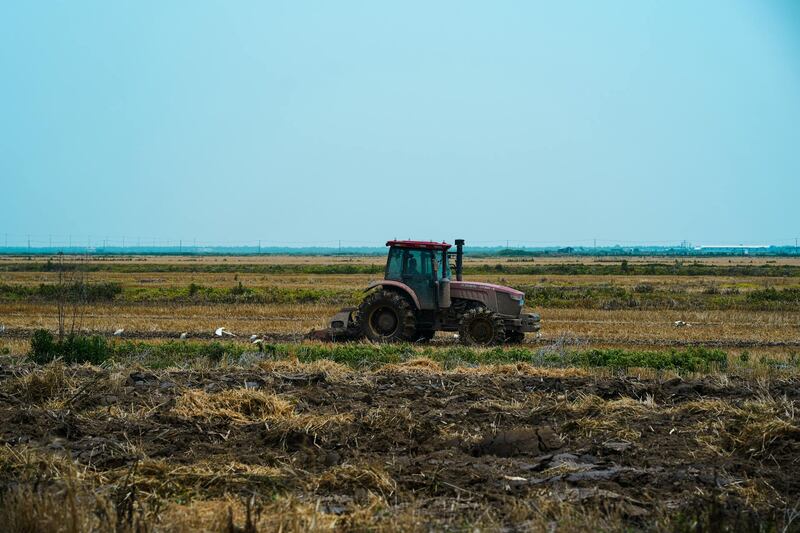SA’s agricultural sector is in what some would consider a relatively quiet period, before the busy season starts again in a few weeks.
Farmers will begin tilling the land for summer crops starting in mid-October. Towards the end of November, the table grape industry will also start with its harvesting period, followed by the winter crops, and there will be more activities from that period onwards.
This breather provides us time to assess what the 2025/26 summer crop season may have in store.
There is room for optimism as we see early indications that the 2025/26 season may yet be another strong production year for SA’s agriculture. This is as we emerge from a solid 2024/25 season characterised by ample harvests of various crops, fruits and vegetables, and a better grazing veld, supported by the favourable La Niña-induced rains.
Looking to the upcoming season, the International Research Institute for Climate and Society (IRI), on which we have long leant for forecasts, issued its monthly update on September 19, indicating an increased possibility of a La Niña occurrence from October through to early next year.
The IRI forecast indicates a moderate probability (56%) of La Niña conditions developing during September to November 2025. These La Niña conditions are expected to persist through December 2025 to February 2026, and weaken from March 2026 onwards.
Ordinarily, La Niña brings above-normal rainfall to the entire Southern Africa region, which supports agricultural activity.
In the past, a La Niña has typically been followed by an El Niño, which brings below-normal rainfall and negatively affects the agricultural sector. However, more recently we have experienced prolonged periods of La Niña rains.
A case in point is the period from 2020 to 2023, during which the entire Southern Africa region experienced La Niña rains.
The early projections suggest that we are on a path to experiencing a second consecutive La Niña season. But as is the case with any forecast, there is uncertainty about the timing and intensity.
Across SA, farmers will start preparing the land for various crops in the coming weeks. One area that typically receives much attention is grains and oilseeds, as they are mainly rain-fed (90%), with the rest under irrigation.
The promising weather outlook is likely to encourage farmers to plant a decent area for crops. In the 2024/25 season, which is at its tail end, farmers planted 4.44-million hectares of summer grains and oilseeds. That was slightly higher than the previous season’s.
Due to the above-average rainfall, the sector is estimated to have harvested 19.55-million tonnes of summer grains and oilseeds (up 26% year on year).
Tractors for summer season
One of the indicators we monitor to assess the readiness for the upcoming season is tractor sales. We have observed that SA’s tractor sales have increased for the past eight consecutive months.
The recent figures for August also paint an upbeat picture. For example, the tractor sales are up 22% year on year, with 700 units sold. This partly reflects the positive sentiment in the sector regarding the 2024/25 field crop, horticulture and wine grape harvest.
Interest rates have eased somewhat from last year’s levels, which also helps boost sales, among other factors.
Expensive fertiliser
One aspect that remains a concern is higher input costs, particularly those related to fertiliser.
In August 2025, the prices of various fertiliser products, in rand terms, were generally up by more than 10% from the previous year. This reflects the global environment of supply constraints in key producing regions.
Input costs will influence planting decisions and the shifts in various crops that farmers plant, as they will need to assess profitability levels.
Still, having considered these factors, we remain upbeat that SA may be in for yet another favourable agricultural season in 2025-26. These are still early days, but the weather outlook and robust tractor sales provide sufficient comfort for us to maintain an optimistic view about the season ahead for various grains, oilseeds, fruits, vegetables, and the grazing veld for the livestock subsector.
• Wandile Sihlobo is the chief economist of the Agricultural Business Chamber of SA.




Would you like to comment on this article?
Sign up (it's quick and free) or sign in now.
Please read our Comment Policy before commenting.